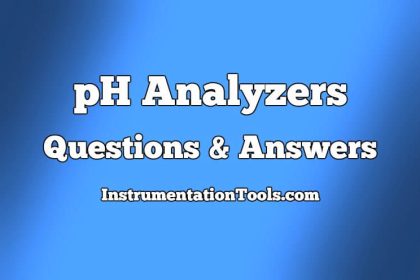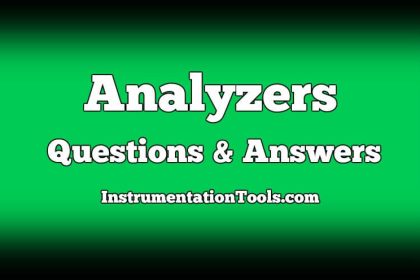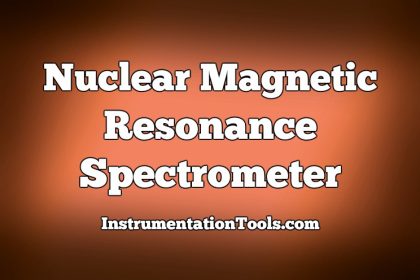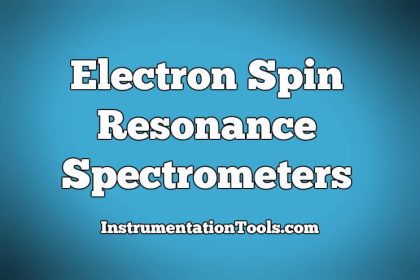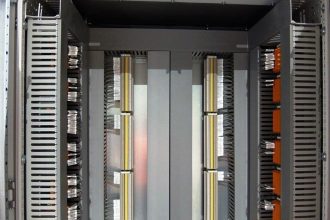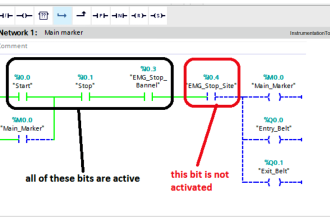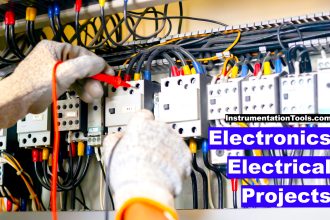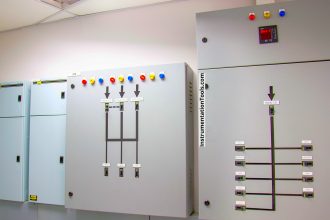This set of Control Systems test focuses on “Time Response of Second Order Systems – IV”.
1. The standard second order system to a unit step input shows the 0.36 as the first peak undershoot, hence its second overshoot is:
a) 0.135
b) 0.216
c) 0.1296
d) 0.116
Answer: b
Explanation: Overshoot and undershoot are calculated from the formula of peak time as odd peaks denote the overshoot and even denotes the under shoot.
2. Consider the input with the inputs 4 u(t) and the impulse response 5 +7 , the time constants of the output are,
a) 0.2, 0.33 and 0.5
b) 4.5 and 7
c) 0.2, 0.4 and 0.7
d) 0.2, 0.1 and 0.25
Answer: a
Explanation: Output response so calculated is the inverse Laplace transform of the input and impulse response and hence converting the resultant form in the time constant form time constant can be directly determined.
3. In a second order feedback control system natural frequency and damping
a) Can be designed by changing the gain of the individual system
b) Cannot be designed by changing the gain of the individual system
c) Are independent on the type of input excitation
d) None of the mentioned
Answer: a
Explanation: Natural frequency and damping can be designed by changing the gain of the individual system.
4. Undamped natural frequency of a second order system has the following influence on the response due to various excitations:
a) Increase in speed of response and decrease sensitivity
b) Decrease in speed of response and increase sensitivity
c) Has no influence in the dynamic response
d) Increase oscillatory behavior
Answer: a
Explanation: Undamped natural frequency is the frequency that has suffered damping and gets affected by the increase in the speed of response and decrease in sensitivity.
5. Normalized response of a dynamic system refers to:
a) Characteristic feature of a response due to specific excitation irrespective of its amplitude
b) Response of dynamic system divided by its maximum value
c) Response of dynamic system divided by a standard value
d) None of the mentioned
Answer: a
Explanation: Normalization refers to the desired to the reference value and normalized response of the dynamic system refers to the characteristic feature of a response due to specific excitation irrespective of its amplitude.
6. The transfer function of a system is G(s) = 100/(s+1) (s+100). For a unit step input to the system the approximate settling time for 2% criterion is:
a) 100 sec
b) 4 sec
c) 1 sec
d) 0.01 sec
Answer: b
Explanation: Comparing the equation with the characteristic equation and then finding the value of G and w and calculating the value of settling time as 4 sec from 4/Gw.
7. The characteristic equation of a control system is s(s2+ 6s+13)+K=0. The value of k such that the characteristic equation has a pair of complex roots with real part -1 will be :
a) 10
b) 20
c) 30
d) 40
Answer: b
Explanation: The characteristic equation is considered and the values of G and w are calculated and further the value of k can be calculated.
8. Normalized difference between the time response peak and steady state output is ______________
a) Maximum peak overshoot
b) Damping factor
c) Minimum peak overshoot
d) Undershoot
Answer: a
Explanation: Maximum peak overshoot is the normalized difference between the time response peak and steady state output.
9. Rise time, Peak time, maximum peak overshoot, settling time, and steady state error are mutually dependent.
a) True
b) False
Answer: a
Explanation: Rise time, peak time, settling time and maximum peak overshoot are the prime factors of the time domain analysis and they must be specified in a consistent manner but they are mutually dependent.
10. Control system are normally designed to be:
a) Overdamped
b) Under damped
c) Un damped
d) Critically damped
Answer: b
Explanation: Practically there are some non-linearity present in the system as friction but in mathematical model these are considered by considering high gain and lower damping.


